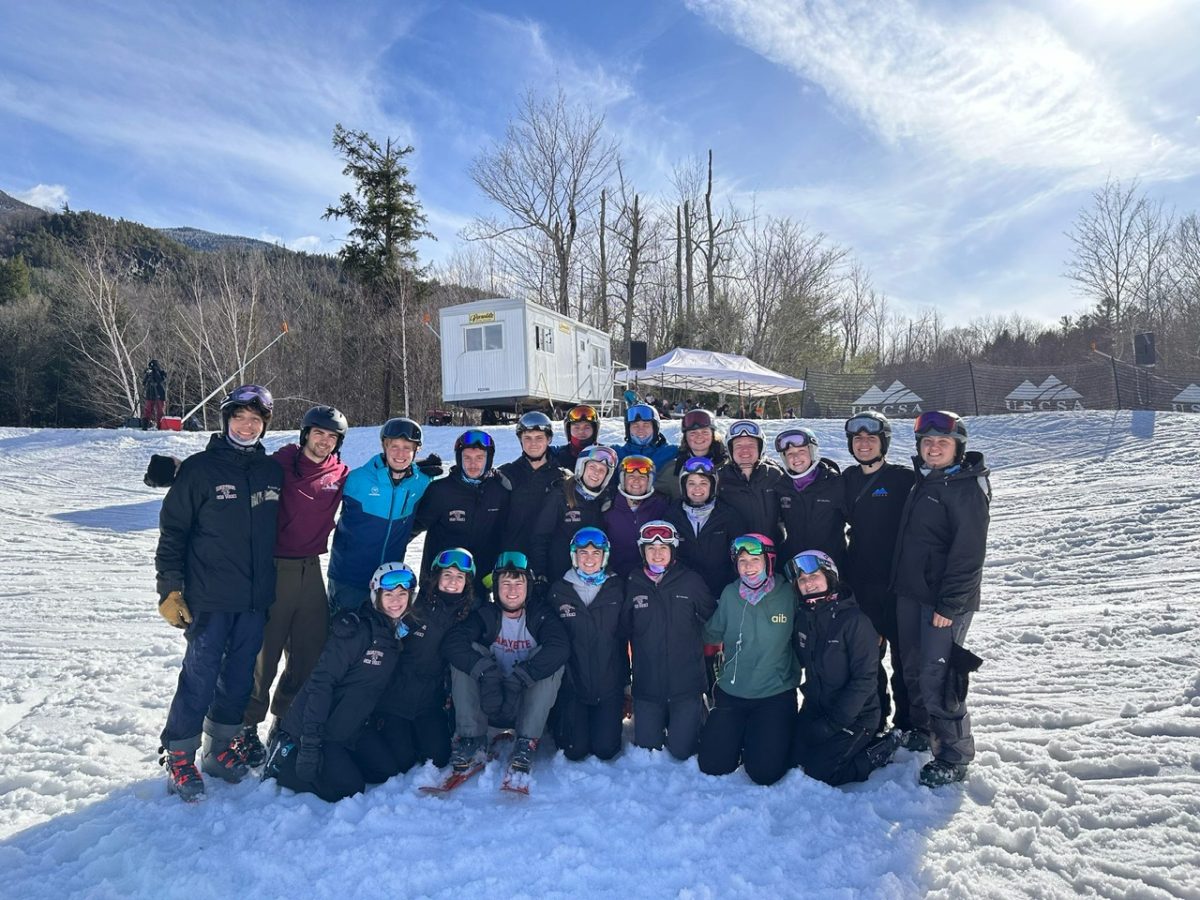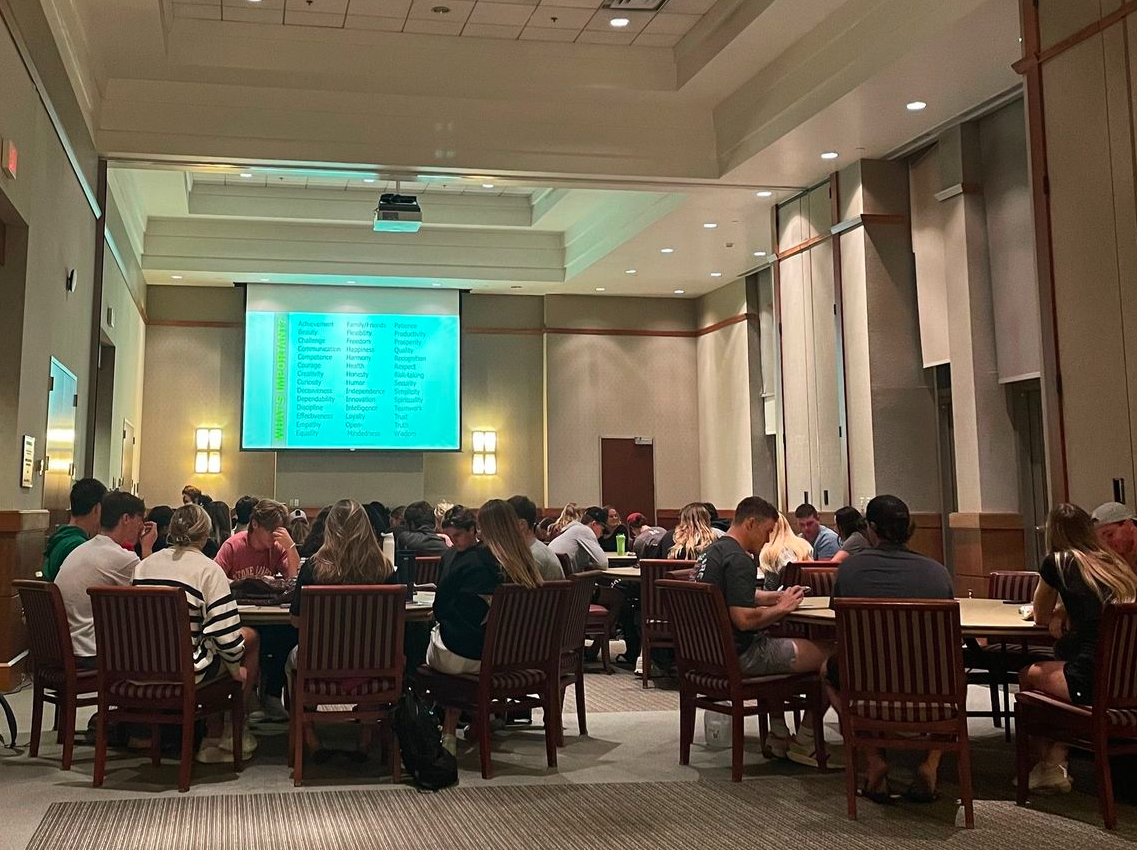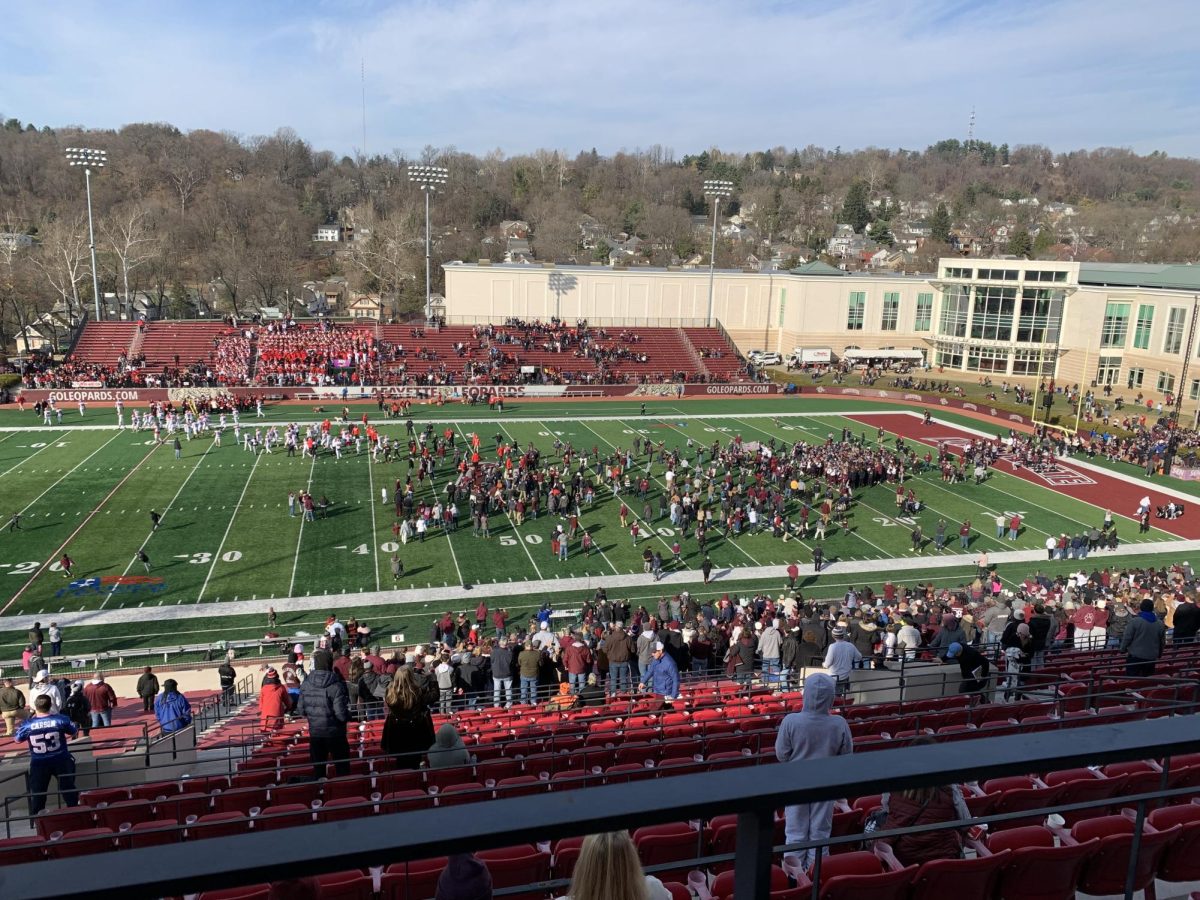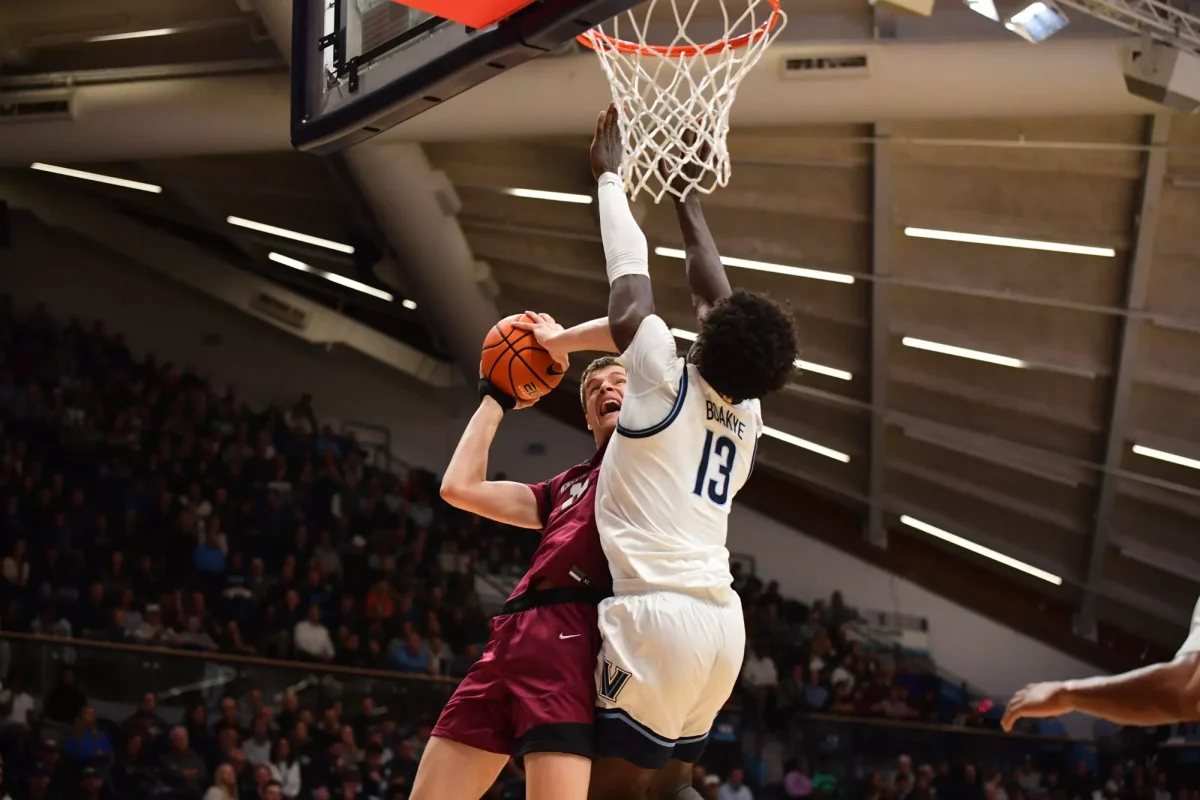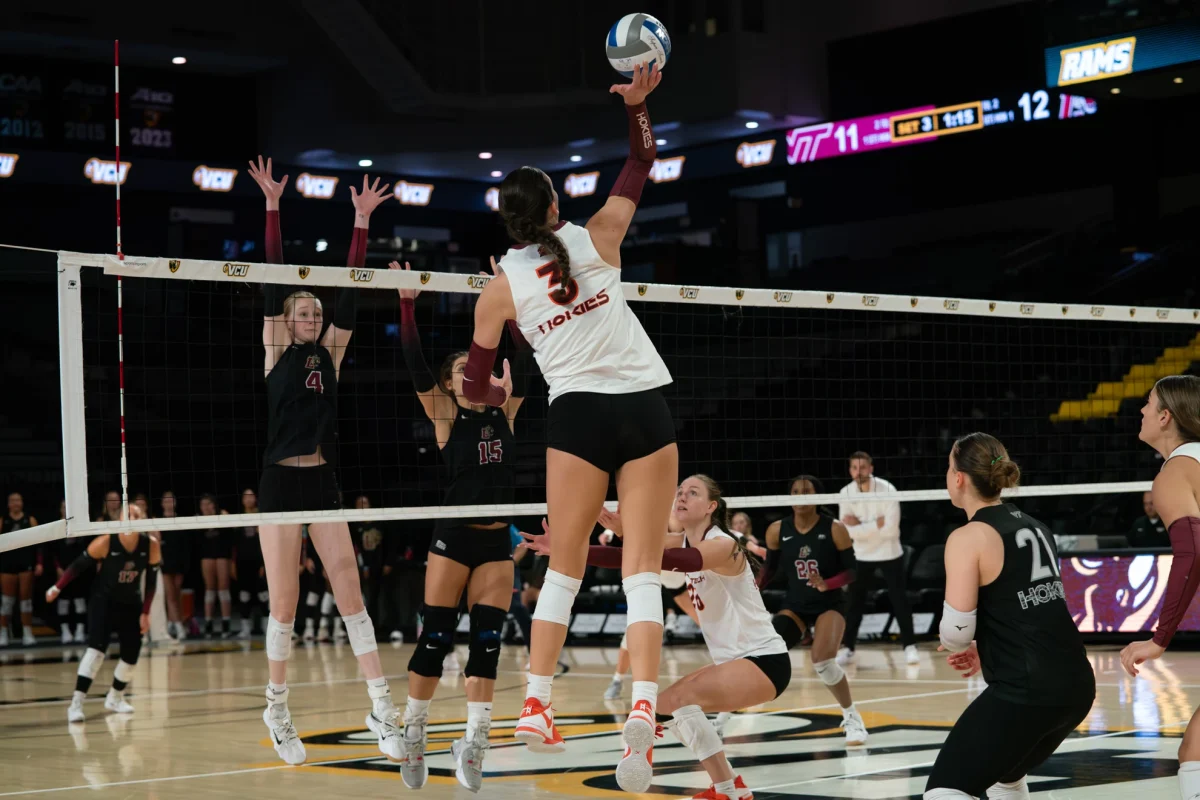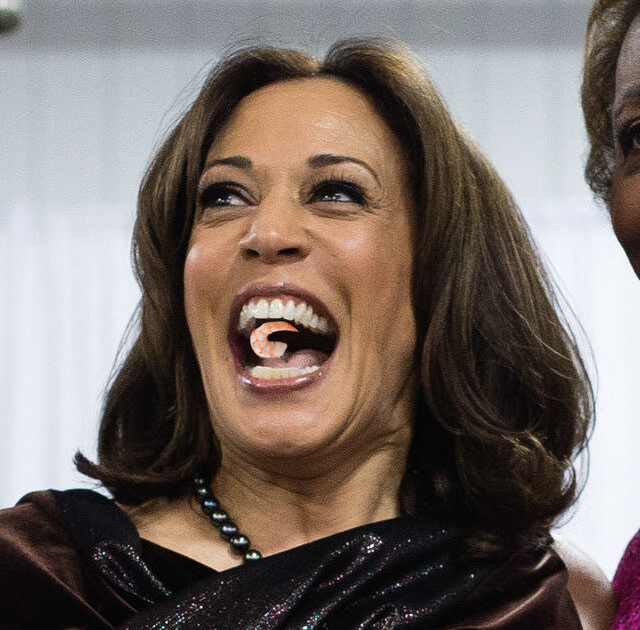Despite a recent uptick in gun violence and mass shootings across the United States, Public Safety is confident in the campus’ preparedness for an active shooter crisis. Yet, members of the Lafayette community have questioned the availability of active emergency policies in a crisis.
Kathleen Parrish, an English professor, began to question safety policies after a deadly shooting at Michigan State University this past spring.
“It was after the last shooting in Michigan where I was starting to think to myself, ‘Okay, if that happened here at Lafayette, what would I do?'” Parrish said.
A quick investigation into the safety of campus led Parrish to discover that her own classroom and office in Pardee Hall are unable to be locked from the inside.
“The [active shooter preparedness] videos that are on the [Public Safety] website are shot in an office and so the employees can … [barricade the door] with … heavy office equipment,” Parrish said. “None of that is at my disposal … There’s nothing I could do. It’s like the students are kind of in a precarious and vulnerable position.”
Public Safety’s website includes protocol related to an active shooter crisis which encompasses only a 113-word summary of general steps in a lockdown and two seven-minute videos containing the simple instructions: “Run. Hide. Fight.”
Additionally, Public Safety participates in mandatory annual campus-wide lockdown drills. Public Safety director Jeff Troxell explained that these drills are usually held in the summer and are meant to test equipment and response time rather than simulate an actual lockdown with students and faculty.
“I think [expanding the drills] is a good goal for us to work towards,” Troxell said. “I would like to get to the point where we’re doing a full-scale response with a collaboration with local EMS, police [and] fire emergency.”
Despite these proactive measures, many students and faculty have expressed the need for better awareness of protocol.
Several first-year students commented that they received no information on a lockdown procedure during their orientation. Others were not even aware safety protocols for a lockdown existed in the first place.
Kusum Subedi ‘26, a resident advisor and international student, mentioned that some students may not be as familiar with lockdown expectations as others.
“We didn’t really have the lockdown drills in Nepal, but we used to have earthquake drills,” Subedi said. “Especially for international students, I think [lockdown procedures] are kind of a priority that should be made for them to be aware of it.”
Recently, the administration has created a crisis management committee in order to be firmly prepared in the event of an emergency. More information is expected to be available soon, as the committee plans to share its recommendations in front of college President Nicole Hurd next week. With these changes, Troxell’s confidence in the campus’ preparedness remains unwavering.
“[Our emergency responses don’t] happen by accident. That comes from the training, the prep, the communication, the trust between these agencies. And to me that was a success,” Troxell said. “I think we’re very prepared, and I’m very happy with our training, our equipment and our relationships with outside agencies in the campus community.”




























































